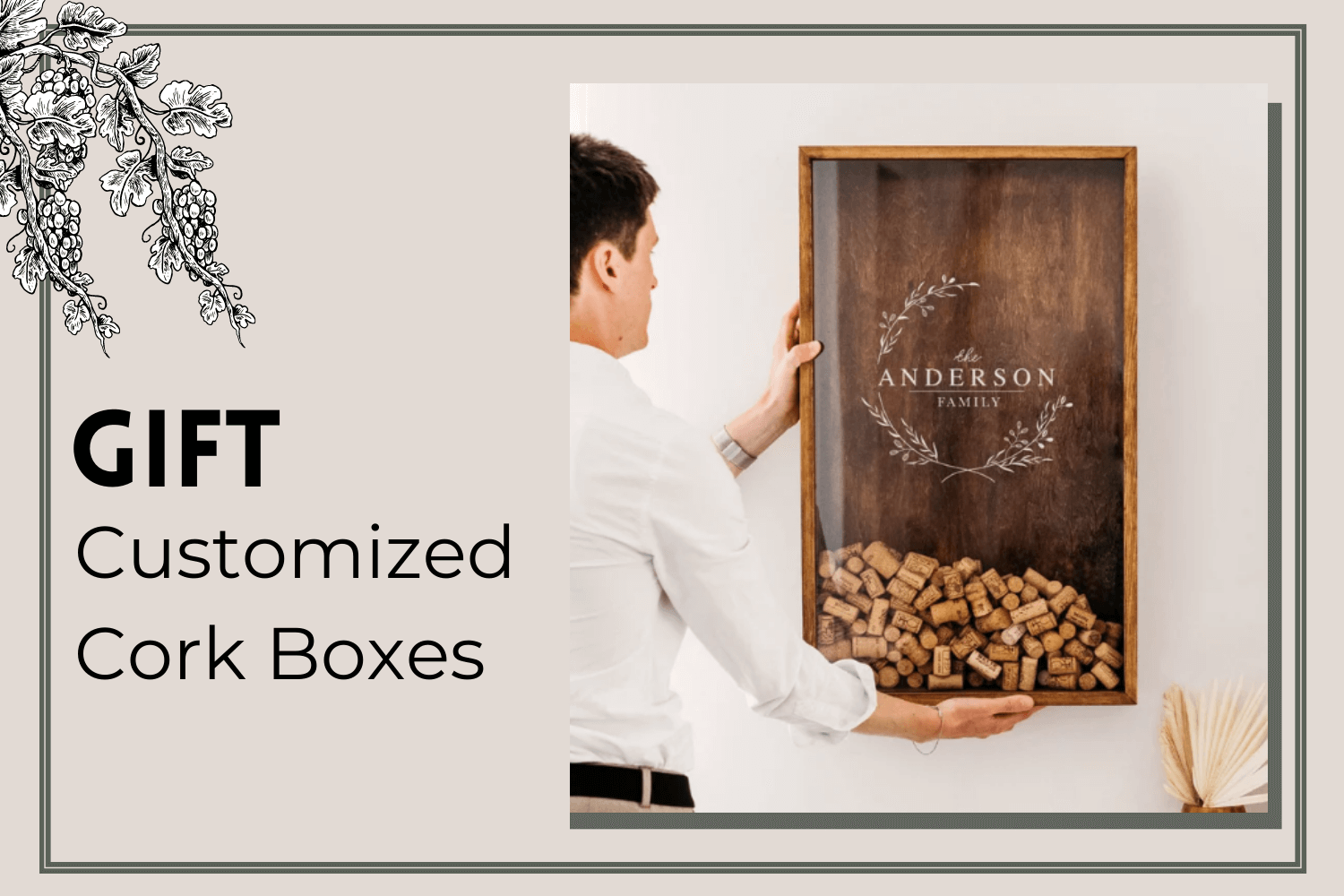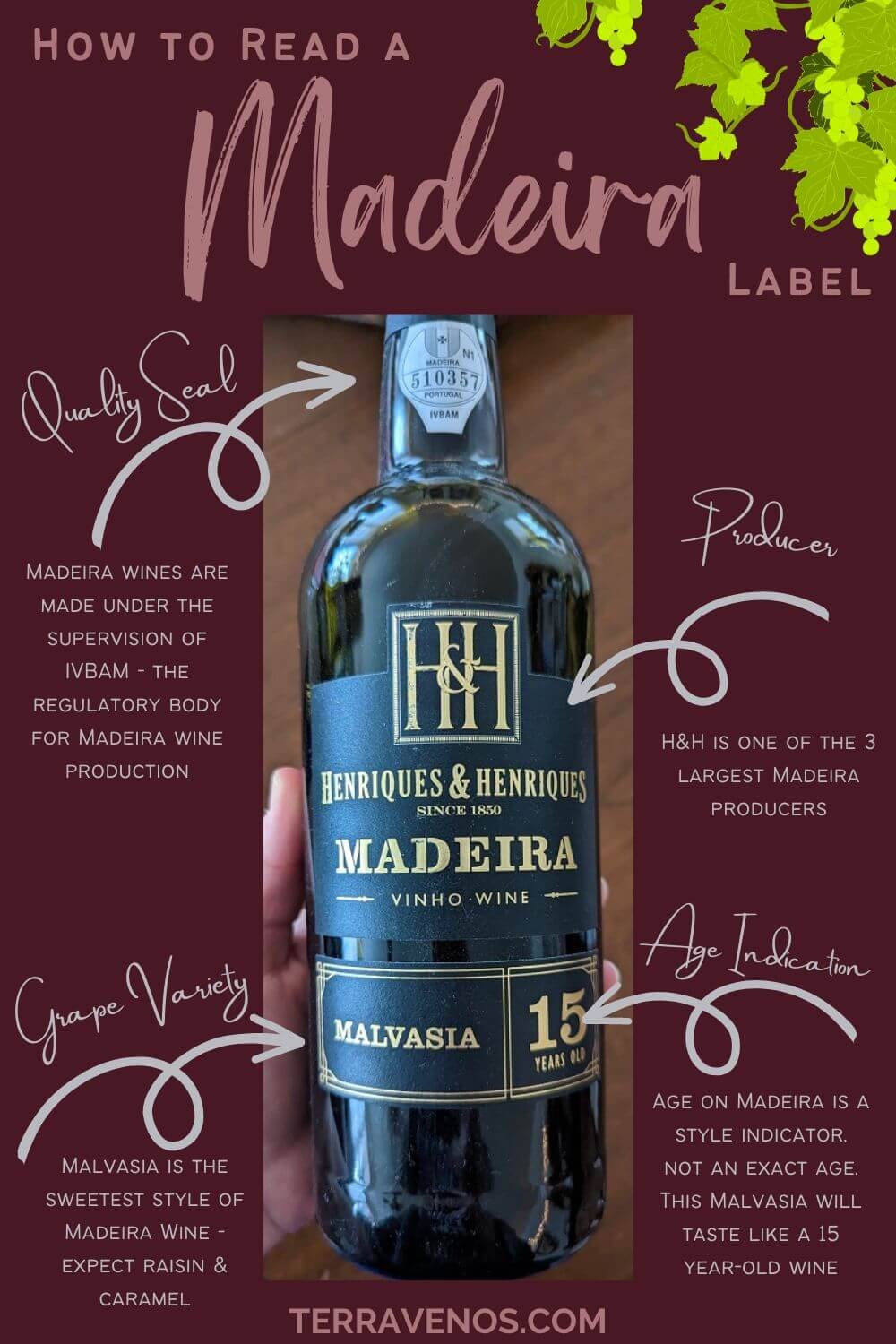
Madeira offers wine lovers a unique drink that has a rich connection to the past worthy of exploration.
Madeira is a sweet, fortified wine made on Portugal’s island of Madiera. Madeira’s unique winemaking process heats the wine during aging, creating flavors of caramel, dried citrus peel, hazelnut, and praline.
Here’s an overview of what Madeira wine is, how Madeira is made, and what makes it so special.
- Where Is Madeira?
- Brief History of Madeira Wine
- What Grapes Are Used to Make Madeira Wine?
- What’s So Special About Madeira Wine?
- What Is Madeira Wine?
- Types of Madeira Wine You Must Try
- Cooking with Madeira Wine
- How Long Does Madeira Wine Last After Opening?
- Final Thoughts – Madeira Is Marvelous!
- Thirsty for More?
Where Is Madeira?
Check out this map of the Island of Madeira just to see how far away it is from, well, everything!
Madeira the island sits in the Atlantic Ocean, some 600 kilometers off the coast of Morocco. The island of Madeira belongs to Portugal and was discovered in 1419.
First settled by Portuguese merchants and their laborers, Madeira has a mountainous landscape formed by volcanic activity and benefits from rich volcanic soils.
Brief History of Madeira Wine
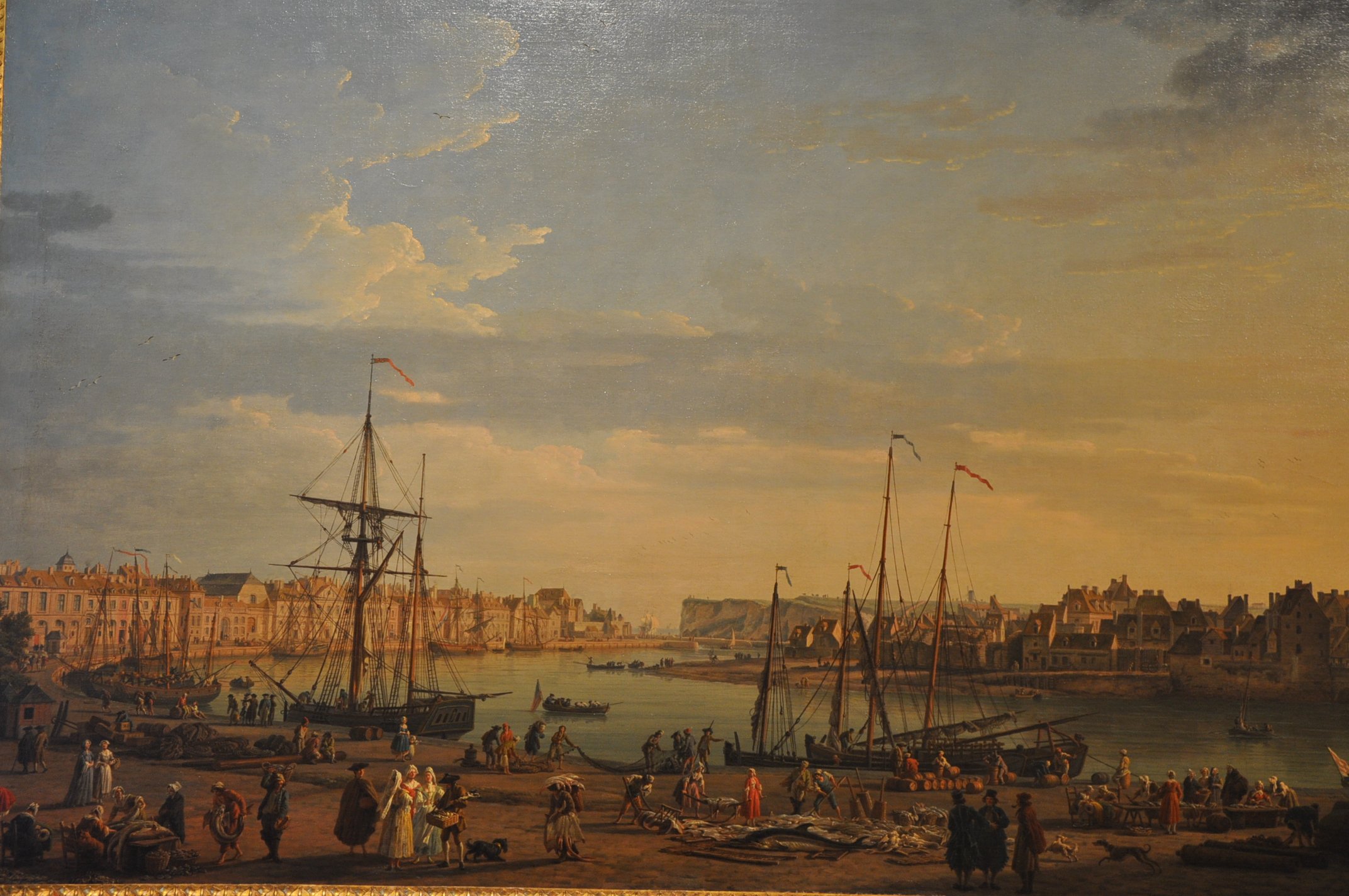
Merchants used Madeira as a key port to stock up on the island’s wine for long sea voyages to the Americas and West Indies.
They would add spirit to help keep the wine fresh. Deep in the ships’ holds, the wine barrels would pitch and roll and experience wide fluctuations in temperature.
Sailors quickly discover that Madeira wine tasted better AFTER their long-haul voyages than when fresh. Crazy!
Soon, Madeira wines were used as ballast in frigates setting sail for distant ports around the world and returning more valuable than when they left.
When the age of sail ended, Madeira wine producers invested in alternative ways to make Madeira wines that mimicked the conditions of long sailing voyages: extended periods of time exposed to hot temperatures leading to evaporation and oxidation, thus concentrating the wine for a heady, rich, intoxicating experience.
What Grapes Are Used to Make Madeira Wine?
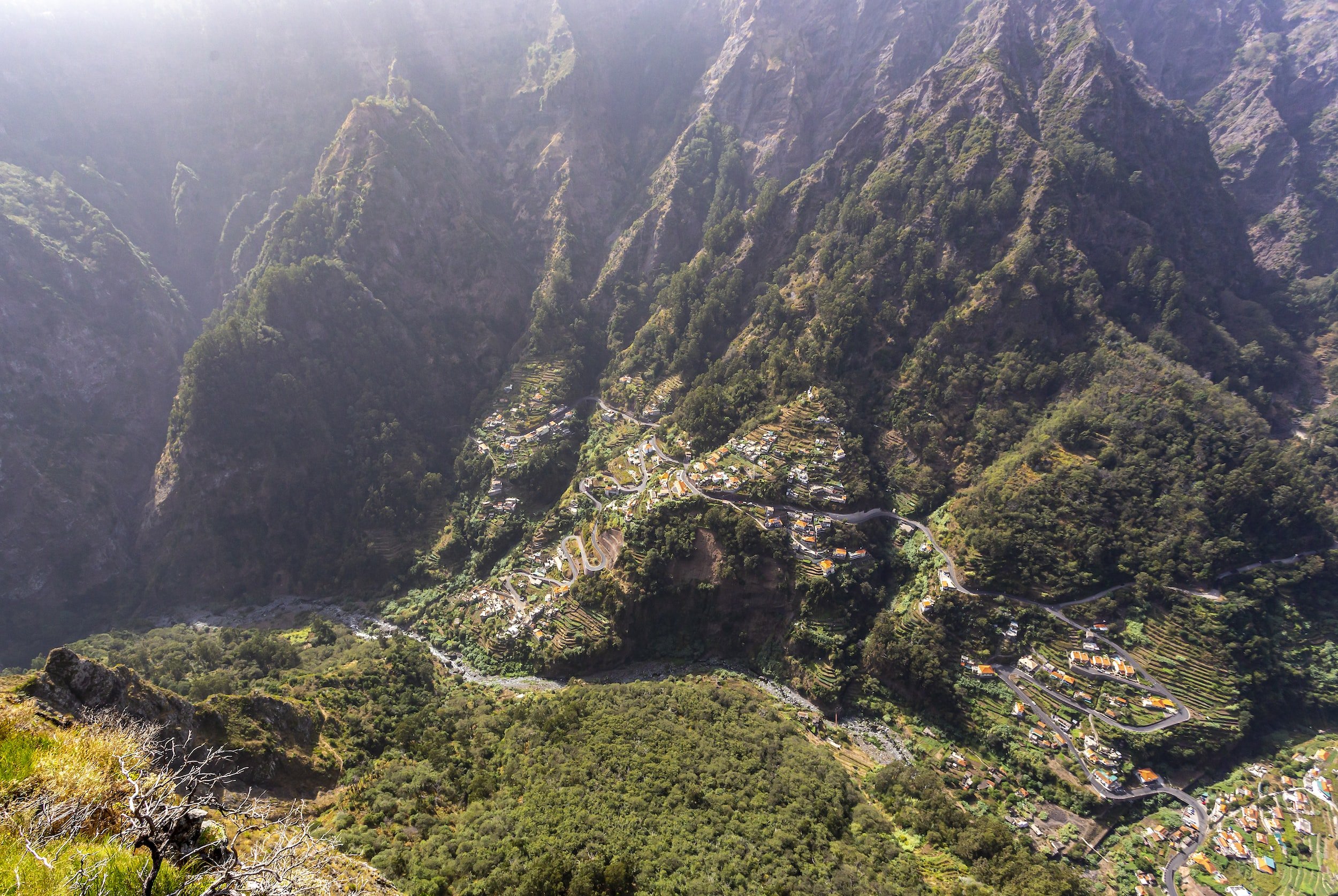
Madeira wines can be made using 6 different grapes:
- Tinta Negra
- Verdelho
- Sercial
- Boal
- Malvasia
- Terrantez
Tinta Negra is the most disease-resistant and widely-planted grape on the island.
It’s typically used to make entry-level and mid-quality Madeira wines at any sweetness level. You may or may not see the name “Tinta Negra” on a Madeira wine label.
- Affordable Madeiras are blends of different grapes.
- Single-varietal Madeiras tend to be higher quality.
What’s So Special About Madeira Wine?
Madeira’s unique winemaking process of heating up the wine after fortification is unlike any other in the wine world.
The resulting flavors of roasted nuts, burnt sugar, toffee, and citrus mark Madeira as a special wine.
Fun Wine Fact: Maderization is the process of heating and oxidizing wine. It comes from the process used to make Madeira wine on the Island of Madeira, Portugal. You can find maderized wines made outside of Madeira, but they won’t be called Madeira!
What Is Madeira Wine?
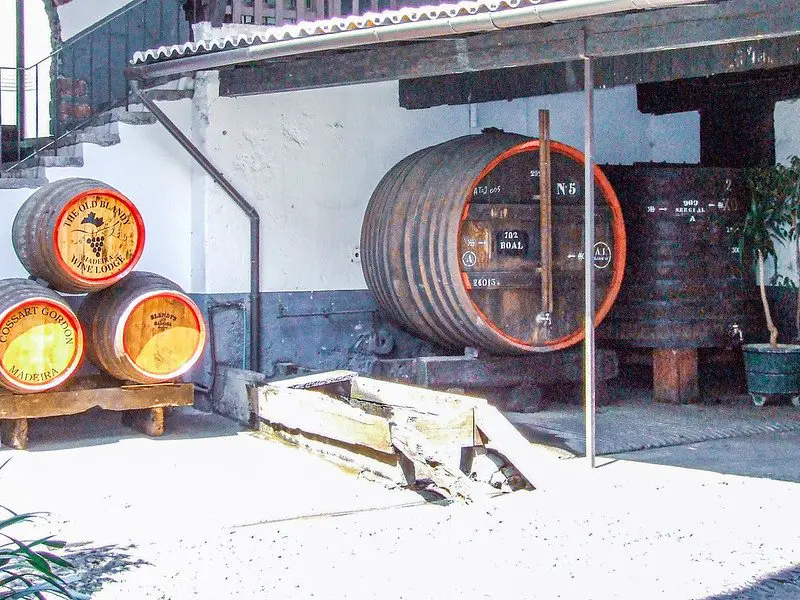
Madeira is a fortified wine made from several grape varieties grown in the volcanic soils of the Island of Madeira located off the coast of Morrocco.
Madeira’s a fortified wine made by adding 96% neutral grape spirit during the fermentation process.
This stops fermentation early, leaving the wine sweet thanks to unfermented grape juice. Madeira wines are typically fortified to 17%-18% alcohol by volume. Madeira is then aged in heated vessels or wooden barrels in warm warehouses for an extended period of time.
Evaporation during the aging and maturation process increases the wine’s alcohol to 19%-20% abv.
How Is Madeira Wine Made?
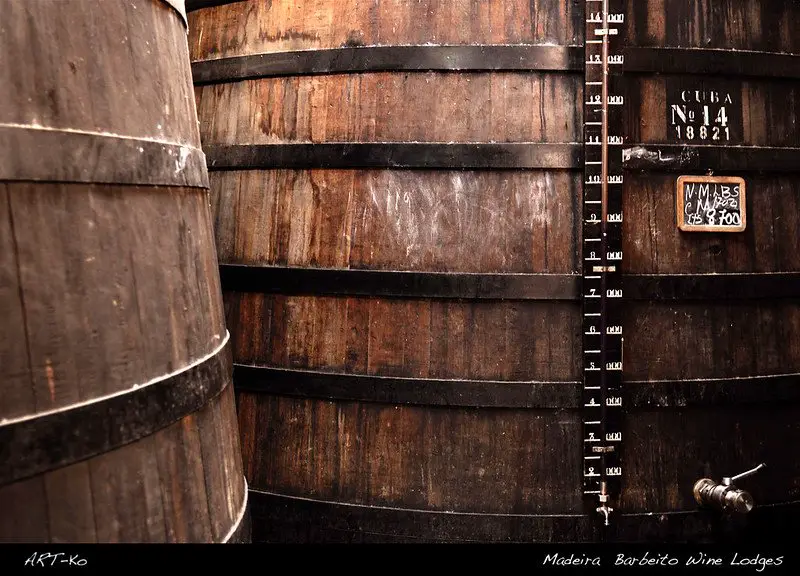
Madeira wine production is what makes this wine so special. After the wine goes through its fermentation and fortification process, the wine is put through a maturation process that slowly heats the wine for several months to several years.
Madeira wines come in two qualities based on how they’re matured: estufagem and canteiro.
Estufagem: In the estufagem method, Madeira wine is aged in large stainless steel vessels with heating coils running through them. They’ll heat the wine up to 45C°-50C° (113-122°F) for a minimum of 3 months. The wine’s then left to rest for another 6-12 months to integrate flavors.
Estufagem Madeiras have baked and stewed flavors.
Canteiro: Canteiro method Madeiras follow a traditional approach. The wines are matured in old oak vessels in large, warm warehouses. Some areas of the warehouse are cooler than others, and so the wine producer will move barrels around during the aging process that last a minimum of 3 years. These are higher-quality Madeiras.
Canteiro Madeiras have flavors of dried fruit, raisin, citrus peel, nuts, caramel, and chocolate.
What Color Is Madeira Wine?
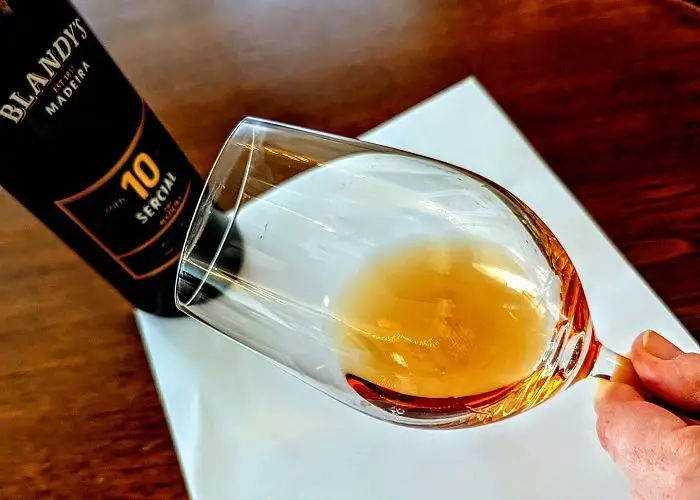
Madeira wines can be pale gold to deep amber. Madeira wine color depends on the grapes used to make the wine and the aging process. Caramel coloring is used in many inexpensive Madeiras to add color.
Winemakers can also strip the wine of color to make it paler if needed.
Is Madeira a Red or White Wine?
Madeira wines can be made using red or white grapes. The winemaking process slowly oxidizes the wine turning it amber, gold, or brown, so it won’t look like a typical red or white wine in your glass.
What Does Madeira Wine Smell and Taste Like?
Madeir wines come in a range of styles that influence what it smells and tastes like. Madeiras made in the estufagem method have more stewed and baked fruits, like stewed prune and cooked citrus.
Higher quality estufagem Madeira wines will have dried fruits, citrus peel, toffee, chocolate, and even nutty qualities. All Madeira wines have a noticeable wood varnish quality that comes from extended oxidation.
Is Madeira Wine Sweet?
All Madeira wines are sweet. The sweetness level in Madeira depends on when the producer decided to fortify the wine and how much unfermented grape juice is left in the wine. Madeira wines come in 5 sweetness levels:
- Extra Dry
- Dry
- Medium Dry
- Medium Sweet
- Sweet
Is Madeira Wine Sweet? Careful! Even extra dry Madeira wines are still sweet. All Madeira wines are sweet. And, just to make things difficult, there’s no universal standard between producers on what’s considered an extra dry wine vs. a sweet Madeira.
Helpful Madeira Wine Buying Tip: The sweetness level used on Madeira labels can vary by producer. One producer’s medium sweet may be another producer’s medium dry. This is unhelpful but good to know.
How Much Alcohol Is in Madeira Wine?
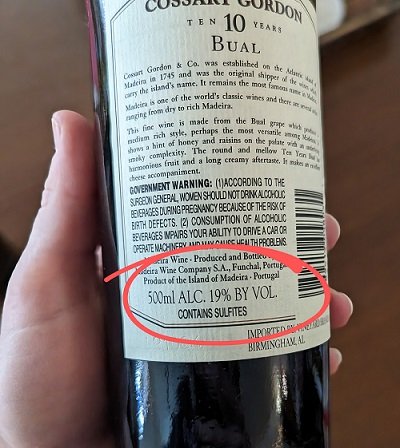
Madeira wine alcohol content is usually 19%-20% alcohol by volume. Some styles, like Rainwater, will have slightly less, around 18% abv.
Madeira is a fortified wine and has considerably higher alcohol than unfortified wines.
Helpful Tip: If you’re just getting into wine, it can be helpful to understand the difference between wine styles, so I put together this post that gives a side-by-side comparison between fortified and unfortified wines.
Types of Madeira Wine You Must Try
Madeira wine is like no other. There are 6 distinctive Madeira wine varieties all with unique qualities.
Add to this, widely varying fortification and aging processes mean that it’s worth your time to explore the different types of Madeira wine.
Single Varietal Madeira Wines
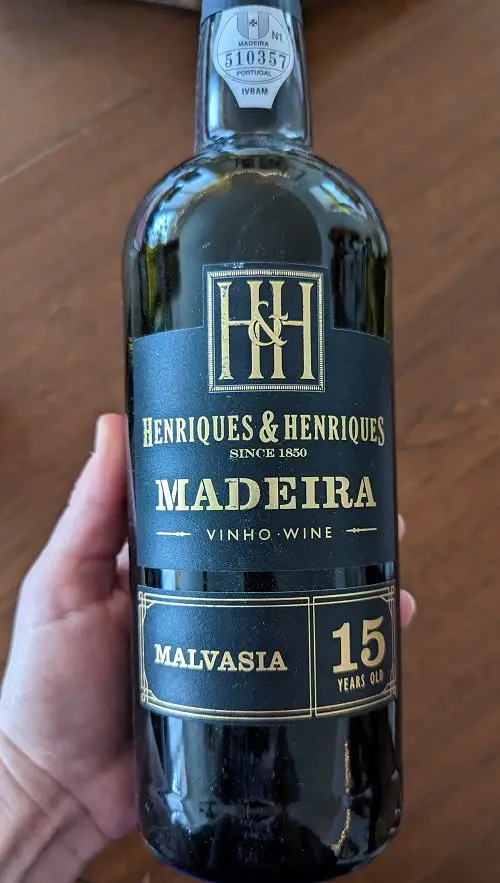
The characteristics of Madeira wine vary depending on the grape variety used to craft the wine. These Madeira wine grapes have subtle differences.
- Sercial Madeira Wine – Madeira wines made from Sercial come in extra dry and dry styles. They have have acidity and will have citrus, nuts, and warm spice. Pair Sercial with salted almonds and walnuts or soft cheeses.
- Verdelho Madeira Wine – Verdelho comes in a medium dry style. It has more unfermented grape juice (residual sugar) and will taste rounder in your mouth and have more body than Sercial. You’ll notice sweeter flavors like candied fruits. It can be darker in color than Sercial.
- Boal Madeira Wine – Boal’s a medium sweet wine that’s fuller and sweeter than Verdelho. It’s darker in color and will have caramel, candied nuts, and chocolate.
- Malvasia Madeira Wine – Malvasia Madeira wine is full-bodied, brown, and the sweetest Madeira wine style. You’ll taste raisin, caramel, and burnt sugar. Malvasia is your dessert Madeira. Pair it with tarts, candied nuts, and oatmeal raisin cookies. Yum!
Helpful Malvasia Madeira Wine Buying Tip: Malvasia goes by Malmsey. You may find either on the label.
- Terrantez Madeira Wine – Terrantez is almost impossible to find if you’re not visiting the island of Madeira, so if you do find a bottle, buy it! Terrantez Madeira is medium dry or medium sweet and they are delicate with citrus peel, caramel, and dried floral notes.
- Tinta Negra – Any sweetness level.
Special Madeira Wine Styles
- Rainwater – A lighter style of Madeira wine that’s usually 18% abv. Rainwater is medium dry and cannot be more than 10 years old. Legend has it that the name comes from barrels of Madeira wine that were left outside in the rain. The wine was diluted, but still delicious.
- Frasquiera – The highest-quality Madeira wine from a producer, Frasquira (also called Garrafiera) must be aged for a minimum of 20 years. You’ll always see the name of the grape on the label. These are super-premium, expensive wines. $$$
- Colheita – Colhietas are vintage Madeira wines. They can be blends of different grapes or single varietals. They’re aged for a minimum of 5 years and are less expensive than Frasquieras.
Personal Note: Rainwater’s actually my favorite style of Madeira wine.
Helpful Tip: Here’s a post on what vintage means in wine.
Cooking with Madeira Wine
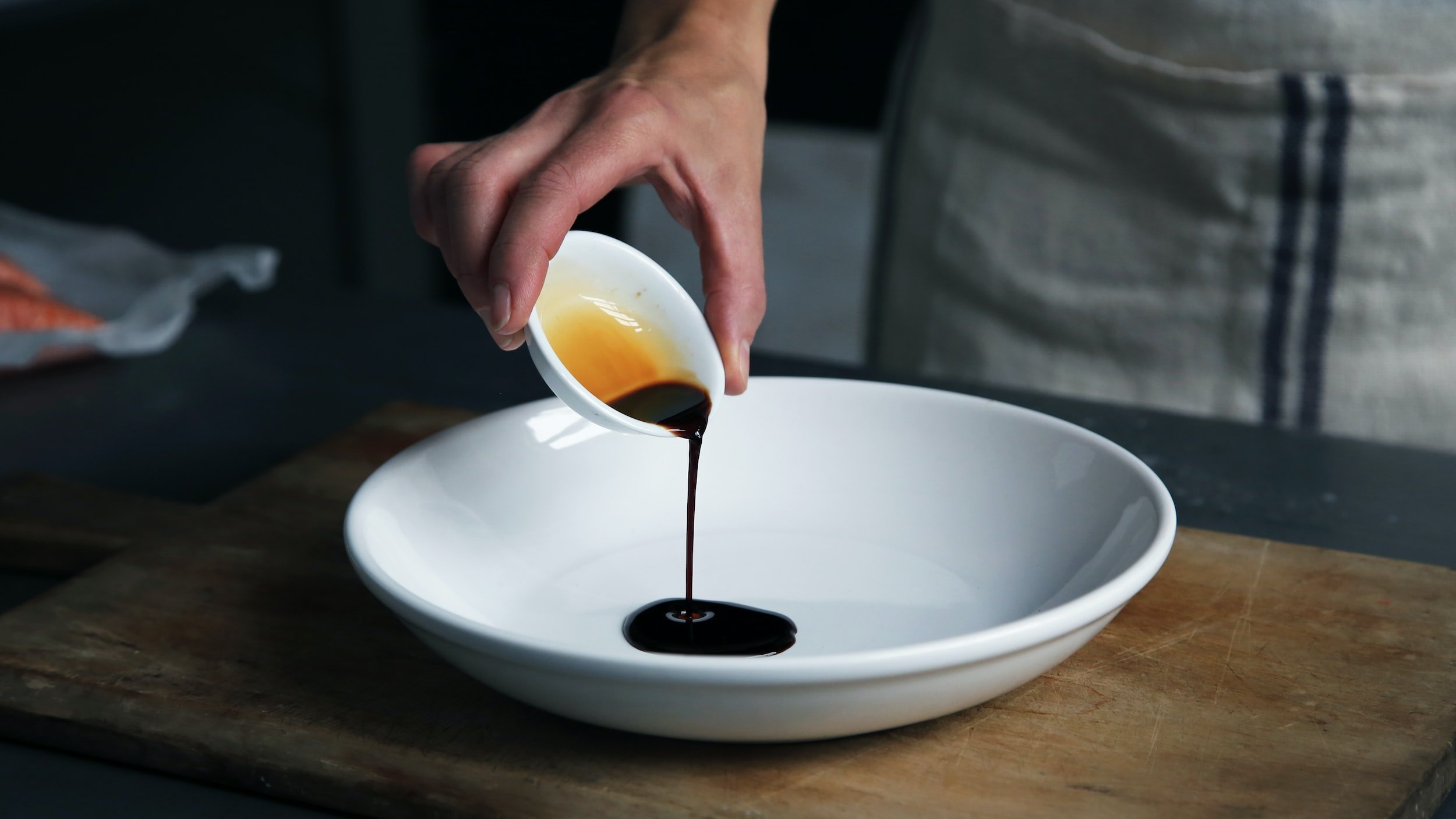
Madeira wine’s complex character of sugar, acid, and layered flavors make a wonderful cooking ingredient for sauces and dressings.
The wine’s concentration means that you only need a little bit to add rich depth to your dish.
Ideas for Cooking with Madeira Wine:
- Deglazing
- Reduction sauces
- Salad dressings
- Sauteed mushrooms
- Savory soups
- Stock
- Marinades
What Madeira to Use for Cooking?
Cooking Madeira is actually specially made using the inexpensive, bulk estufagem method. Producers may add salt and pepper to the wine so that it can still be sold in grocery stores that can’t sell alcohol. This is the best Madeira wine to use for your cooking.
If you’re going to buy a bottle of Madeira for cooking and a little drinking, opt for an inexpensive Madeira that doesn’t have a year on the bottle or a specific grape name on the label.
You can find these Madeira wine blends for $10-$15 USD.
How Long Does Madeira Wine Last After Opening?
Madeira wine is pretty indestructible. I’ve kept open bottles for over a year in my wine cellar. The winemaking process has already exposed it to heat and oxygen, the two enemies of traditional wine.
Helpful Tip: If you’re having trouble getting through an open bottle of Madeira wine (let’s face it, Madeira’s not a chugging wine), add it generously to your soups, stock, and marinades.
Do You Have to Refrigerate Madeira Wine After Opening?
No, you don’t need to refrigerate Madeira wine after opening. Nothing will happen to your bottle of Madeira if you leave it on your counter or wine shelf after opening it.
Final Thoughts – Madeira Is Marvelous!
Madeira wine weaves together that perfect combination of history and tradition to deliver a unique and flavorful fortified wine.
Enjoyed by aristocrats, politicians, and sailors for centuries, today’s Madiera wines capture the spirit of ages past.
Madeira’s unique maturation process that slowly cooks the wine while aging brings out its signature aromas, from citrus peel to almond, hazelnut, praline, and burnt sugar.
If you’re fortunate enough to come across a bottle of Madeira wine at your local bottle shop, or on a dessert menu at a restaurant, give it a try.
You might just discover your new favorite wine.
Thirsty for More?
Check out the curious history of Madeira and how it almost became a British island.
Here’s a post that compares Sherry vs Madeira – also helpful if you’re getting into fortified wines and second post on Port vs. Madeira wines – so much fortified wine!
Here’s a quick overview of the difference between fortified and unfortified wines, a must-read if you’re just getting into these two distinctive wine styles.
You may be interested in this post on how to pick out a good fortified wine.

